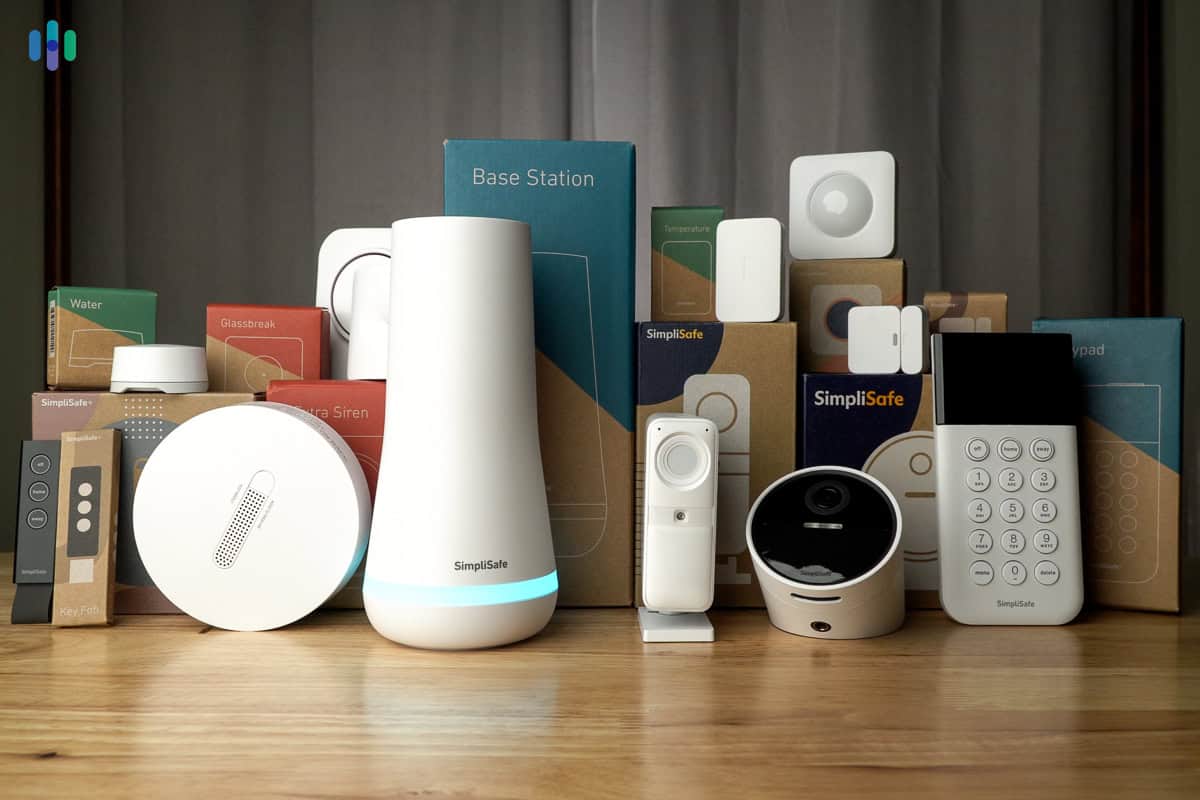What ADT’s Big 2024 Changes Mean for Your Home Security

If you visit ADT’s store these days, you’ll notice a number of big changes for one of the oldest home security companies around. After years of keeping products relatively the same — plus some Google Nest additions — ADT is finally reinventing its lineup. It’s been a long time coming and if you’re interested in DIY security systems, we bet you’ve got questions.
Let’s break ADT’s new approach down into the four most important points so you can see what’s changed and what’s, well, basically unchanged.
A streamlined, Nest-friendly DIY approach… again
The ADT Plus security system’s simplified, DIY-ready approach may feel like déjà vu to some of you. Surely we saw the same thing years ago, with the self-install ADT Blue line? Didn’t we get this DIY Nest and ADT combination just a couple of years ago with ADT Self Setup?
Yes, yes we did. But now those lines have ended, and a new heir has been crowned. Here’s what happened: First, ADT has been working to expand its central ADT Plus app, and part of that expansion now includes a rebranding and new launch of DIY security kits, all sharing the same name and generally easier to understand.
Second, and more importantly for homeowners on the fence about ADT, the company has become more intertwined with Nest since Google’s investment. Its new system shows that on multiple levels. The new software is designed to work better with Google Home products, the belated Nest Secure system was a clear inspiration for some changes and the new ADT Plus product line has a very Nest-y feel to it, like it consulted the same design team.

ADT’s latest keypad.
As for the actual products, there aren’t a lot of major differences in sensors or hubs besides the new, sleek look. You still start with a base and a door/window sensor, then build from there with a keypad, motion sensors, and “premium” access sensors with a quick disable button. The system still integrates naturally with Nest cams and doorbells, so it favors Google users.
Another face recognition feature with Trusted Neighbor
ADT has also been rolling out a face detection feature called Trusted Neighbor, a significant tech upgrade that directly borrows some of Google’s AI recognition technology, like that used for Google’s own familiar face technology with Nest Aware. Combine it with a Nest Cam, create a face profile, and you can program ADT’s new system to automatically disarm if it recognizes family members and trusted people like dog walkers and babysitters.
We have very mixed feelings about face recognition in home security. After all, can you think of any neighbor who would be pleased to have their photo added to a face profile entirely outside of their control? Google promises that no one at Nest can access the face data saved to the cloud with its technology, but more complicated questions remain, like if law enforcement can demand face data for their own recognition programs. It’s unlikely for now (and data encryption policies help protect you too), but we’re staying cautious.
Better Yale smart lock compatibility
The ADT Plus package promises continued integrations with other smart products, and one of its first examples is Yale, a brand known for its smart locks. ADT Plus supports the Z-Wave protocol necessary for using many Yale locks, as well as Bluetooth and Wi-Fi protocols. Some brands have much more support for third-party products, but this ADT setup would allow you to use face recognition with a Nest camera and automatically unlock a Yale smart lock, which is pretty cool.

ADT’s increased integration with Nest and Yale is nice to see, but costs remain an issue with the long-time security brand.
Costs and monitoring remain a headache
A hurdle for ADT buyers has always been the required — and expensive — contract. A starter package from ADT usually costs between $200 and $300 and the required monthly professional home monitoring costs $55 to $60 per month. That hasn’t changed with this new ADT Plus lineup, and it’s a puzzler. Many other security brands, from SimpliSafe to Ring, offer a variety of plan tiers including self-monitoring options and even professional monitoring that cost much, much less (and often don’t even lock you into a contract).
For now, ADT seems committed to its high-cost, required subscriptions, which continues to make them a tough sell when you’re exploring all your options. But the new line of devices is better, and the continued integration with Nest products is great for Google users. ADT’s old products were looking seriously outdated, so the ADT Plus app and lineup is a breath of fresh air — the question is if the company is willing to continue making changes.
If you’re considering a full home security system, take a look at our favorite picks for renters, or save money and go with an all-in-one security camera or cheap video doorbell instead.
link





:max_bytes(150000):strip_icc()/ms-vintage-trends-wallpaper-53d58593cd534a4ea1e06e4ba56a9efd.jpg)

